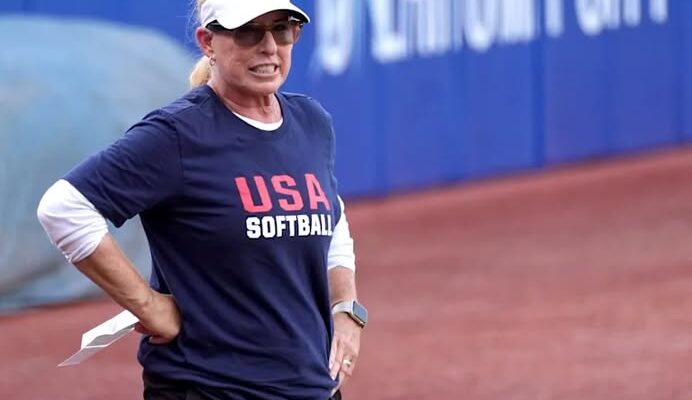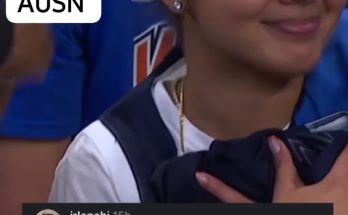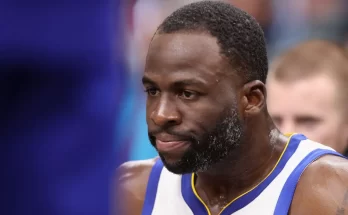The collegiate baseball landscape, dramatically reshaped by the advent of the transfer portal, has become a year-round battleground for talent acquisition. For programs with national championship aspirations, securing impact arms from the portal is no longer a luxury but a fundamental necessity. Heading into the 2025 baseball season, this strategic imperative was particularly acute for the Oklahoma Sooners, whose coaching staff explicitly prioritized strengthening their pitching rotation through the portal, making an aggressive push to land a game-changing arm.
The 2024 season, while showing flashes of brilliance, ultimately underscored a critical need for the Sooners: consistent, high-level pitching, particularly from their starting rotation. While the offense, under Skip Johnson, often proved potent, capable of putting up runs in bunches, the pitching staff’s inconsistency, especially in key conference series or deep into tournament play, often proved to be their Achilles’ heel. The demands of Big 12 play, with its strong hitting lineups, and the grueling nature of the NCAA Tournament, necessitate multiple reliable starters who can go deep into games and limit damage.
For the Oklahoma Sooners, the decision to heavily target a portal pitcher was driven by several factors:
- Lost Production: The natural attrition of collegiate baseball means programs constantly face the challenge of replacing departed talent. Key pitchers graduating, signing professional contracts, or entering the transfer portal themselves leave significant voids. For the 2025 season, the Sooners undoubtedly faced the task of replacing important innings and key arms from their 2024 staff.
- Conference Realignment and Enhanced Competition: The imminent move to the SEC for the 2025 season fundamentally altered Oklahoma’s recruiting and roster-building strategy. The SEC is widely regarded as the premier conference in college baseball, boasting multiple perennial national title contenders and lineups packed with future MLB talent. Pitching depth and quality are non-negotiable in such a league. A staff that might have been “good enough” for the Big 12 would likely struggle against the relentless gauntlet of SEC offenses. This move escalated the urgency to acquire proven, high-upside arms.
- Building a National Contender: Oklahoma has a rich baseball history, including a national championship. Under Skip Johnson, the program has made significant strides, reaching the College World Series in recent memory. To consistently contend for national titles, however, requires a complete team, and consistently elite pitching is often the differentiating factor in Omaha. A dominant ace, or even two high-quality starters, can elevate a team from a regional contender to a Super Regional and CWS threat.
- Leveraging the Portal’s Strengths: The transfer portal offers a unique opportunity to acquire experienced, proven talent that can make an immediate impact, unlike freshmen who often require development time. For a team with immediate championship aspirations, bringing in a seasoned collegiate pitcher minimizes the learning curve and provides a higher floor of performance.
When evaluating potential portal pitchers, the Sooners’ staff likely had a specific profile in mind:
- Proven Collegiate Success: They weren’t just looking for raw talent; they needed someone with a track record of success at the Division I level, ideally with experience against power-conference lineups.
- Strikeout Stuff: The ability to miss bats and limit hard contact is paramount, especially in run-scoring environments. A pitcher with multiple pitches, good velocity, and command would be highly desirable.
- Durability and Innings-Eater Potential: The best college starters can consistently go five or more innings, saving the bullpen and setting the team up for success.
- Leadership and Maturity: Bringing in an experienced player who can immediately contribute to the team’s culture and provide veteran leadership is a bonus.
- Positional Fit: Whether it was a true ace, a strong No. 2, or a versatile swingman who could start or relieve in high-leverage situations, the target needed to address a specific gap in the rotation.
While specific names of every pitcher the Sooners targeted heavily during the 2025 offseason are not publicly detailed in real-time, we can infer the types of players they would have pursued based on the general trends of the portal. These would include:
- Power Conference Transfers: Pitchers from other strong conferences (ACC, SEC, Big 12, Pac-12) who might be seeking a new opportunity or a bigger role.
- Mid-Major Aces: Dominant pitchers from smaller conferences who proved they could handle a heavy workload and might be looking to test their skills at a higher level.
- Pitchers with Unique Stuff: Left-handers, submariners, or pitchers with unusual deliveries or elite breaking balls that could add diversity to the staff.
The recruiting process for portal players is often incredibly fast-paced, involving quick evaluations, official visits, and swift decisions. The Oklahoma staff would have utilized their strong program history, facilities, coaching staff reputation (particularly with Skip Johnson’s pitching background), and the allure of joining the SEC to make their case.
The success of Oklahoma’s “strong push” for a portal pitcher would be measured by the caliber of the arm they ultimately secured. Landing a high-impact transfer immediately elevates the ceiling of the pitching staff.
- Improved Rotation Stability: A quality transfer would immediately slot into a starting role, providing reliable innings and taking pressure off younger or less experienced arms.
- Enhanced Depth: Even if the transfer isn’t an outright ace, adding a strong arm improves the overall depth of the staff, which is crucial for navigating long seasons and potential injuries.
- Competitive Edge in the SEC: Having better pitching is fundamental to competing in the SEC, where every series is a grind. It allows the team to match up better against top-tier offenses and withstand the inevitable challenges of a brutal conference schedule.
- Recruiting Ripple Effect: Successfully landing a high-profile portal pitcher can also have a positive ripple effect on future high school and portal recruiting, demonstrating the program’s commitment to winning and its ability to attract top talent.
In conclusion, as the 2025 baseball season approached, the Oklahoma Sooners’ coaching staff was laser-focused on a critical mission: strengthening their pitching rotation through the transfer portal. This wasn’t merely a routine offseason task; it was a strategic imperative driven by the need to replace production, prepare for the formidable challenge of the SEC, and build a roster capable of competing for a national championship. Their aggressive push for a portal pitcher was a testament to their ambition and their understanding that in modern college baseball, elite pitching is the bedrock of sustained success. The impact of their success in this endeavor would be felt throughout the 2025 season and beyond, as the Sooners aimed to take their place among college baseball’s elite.



